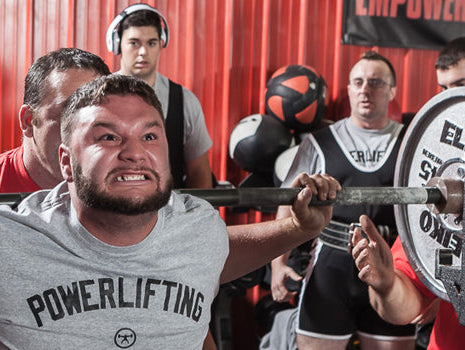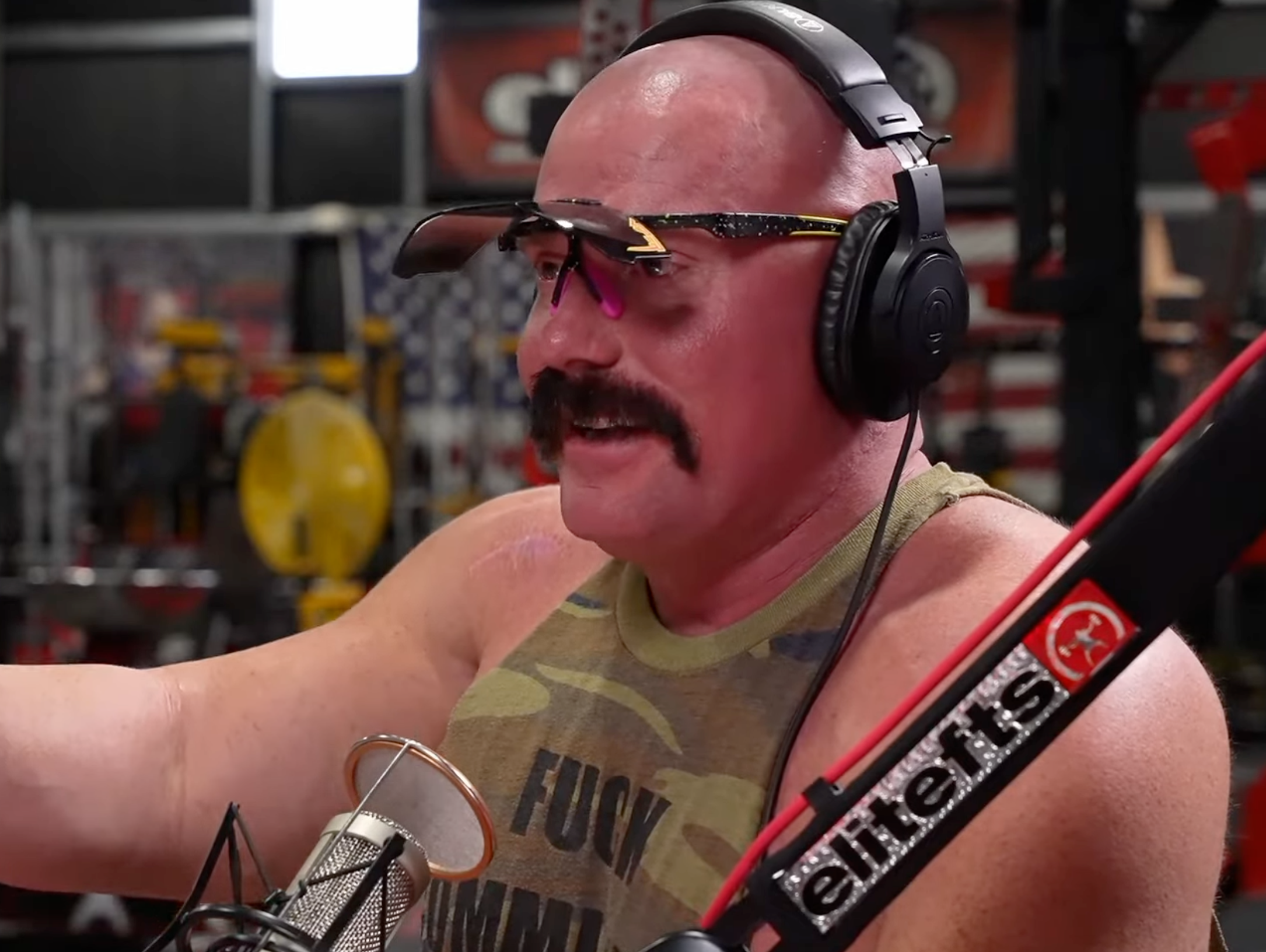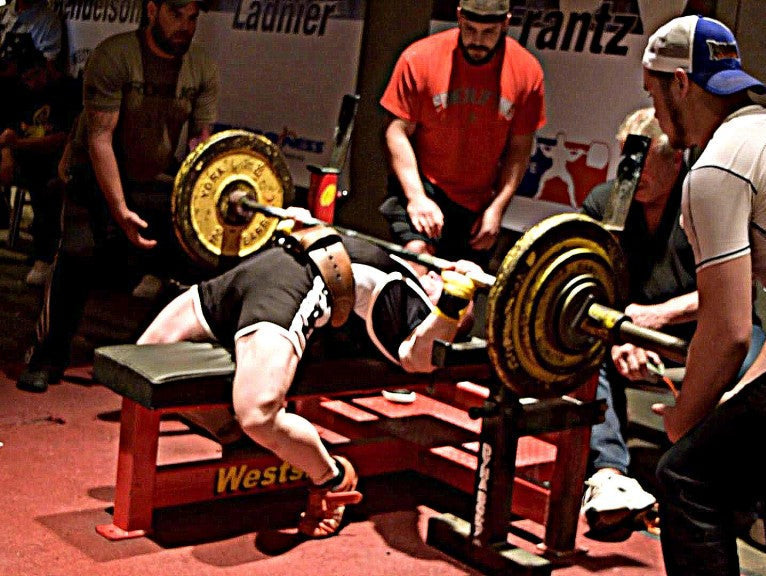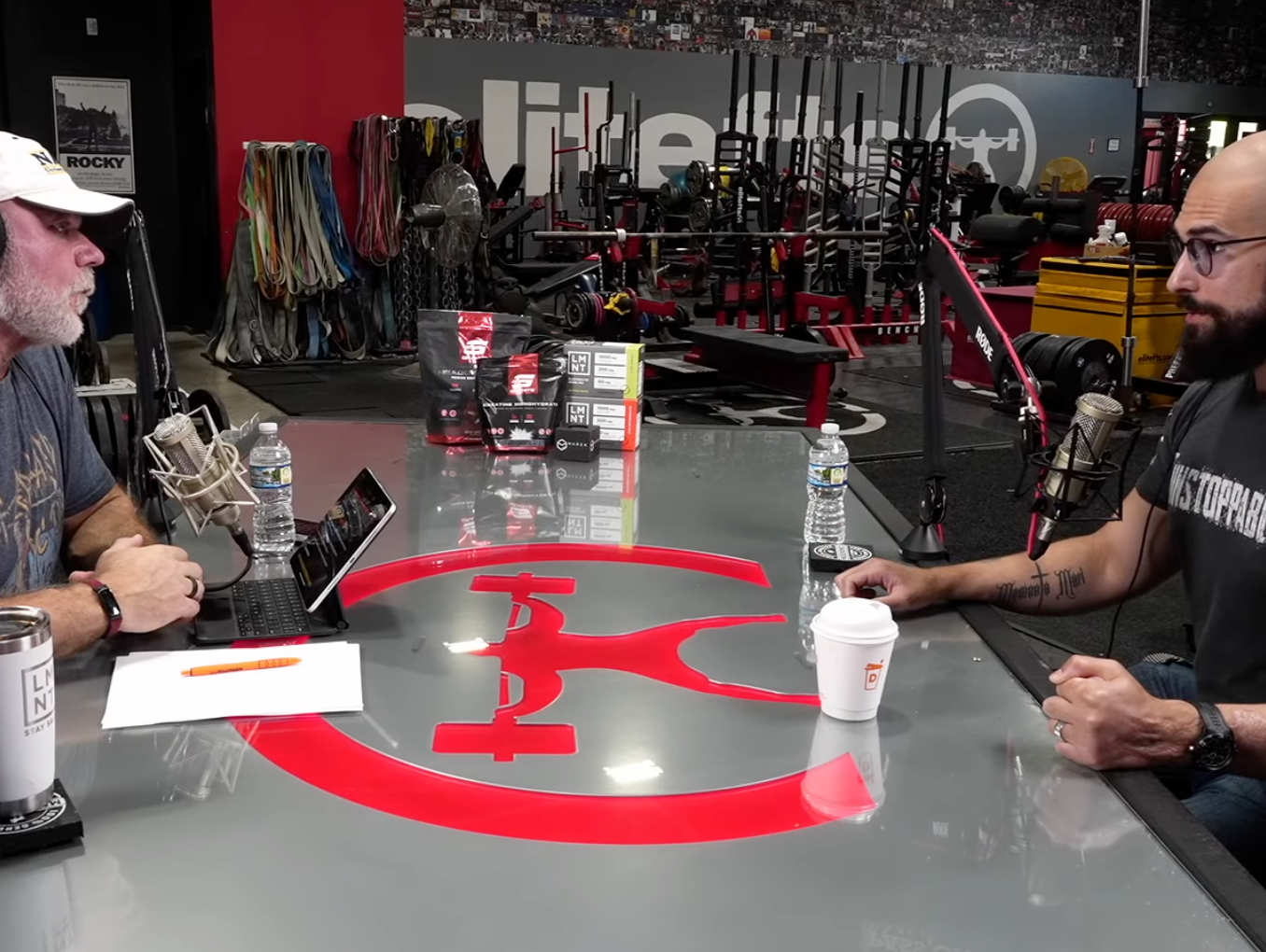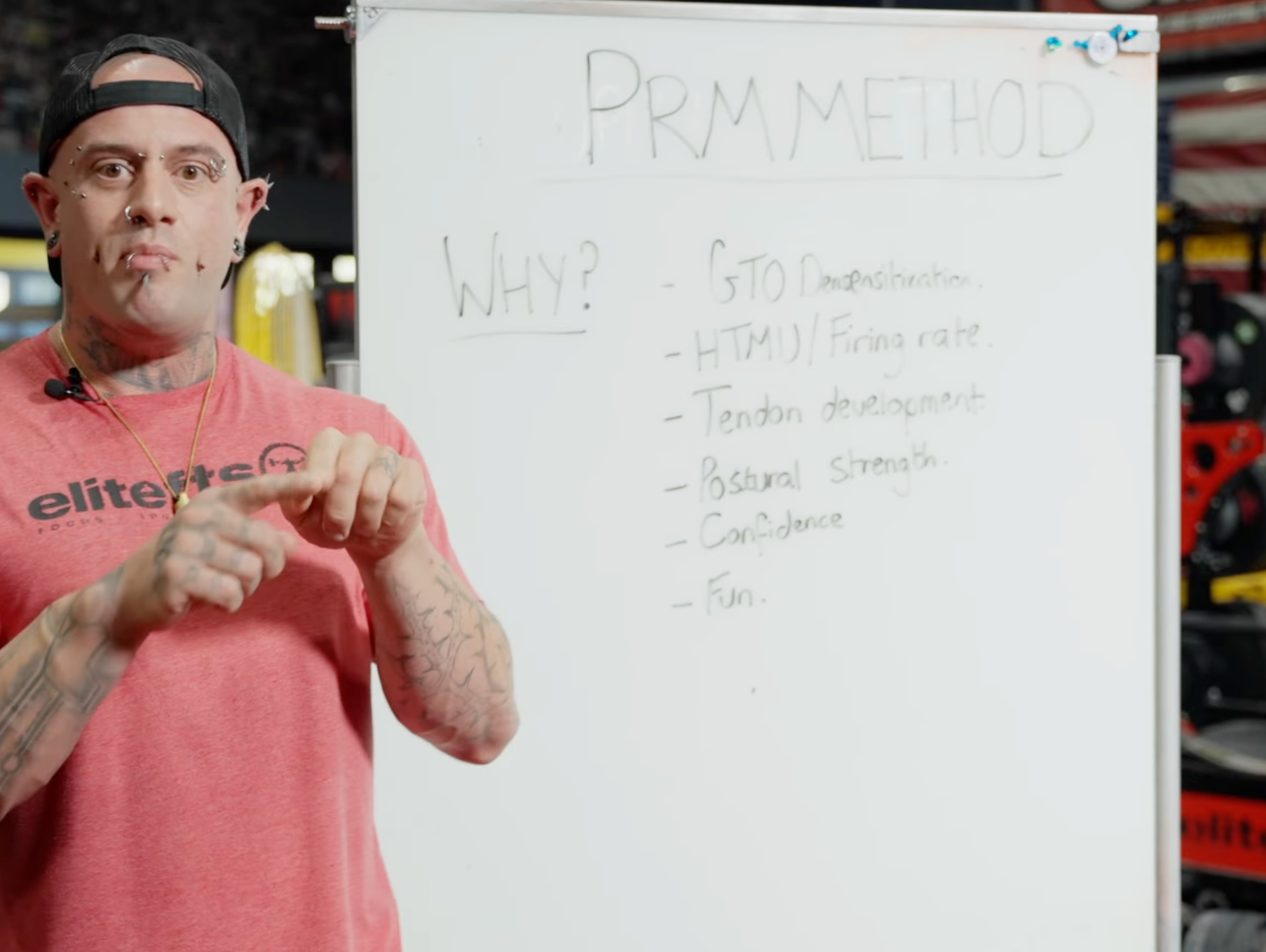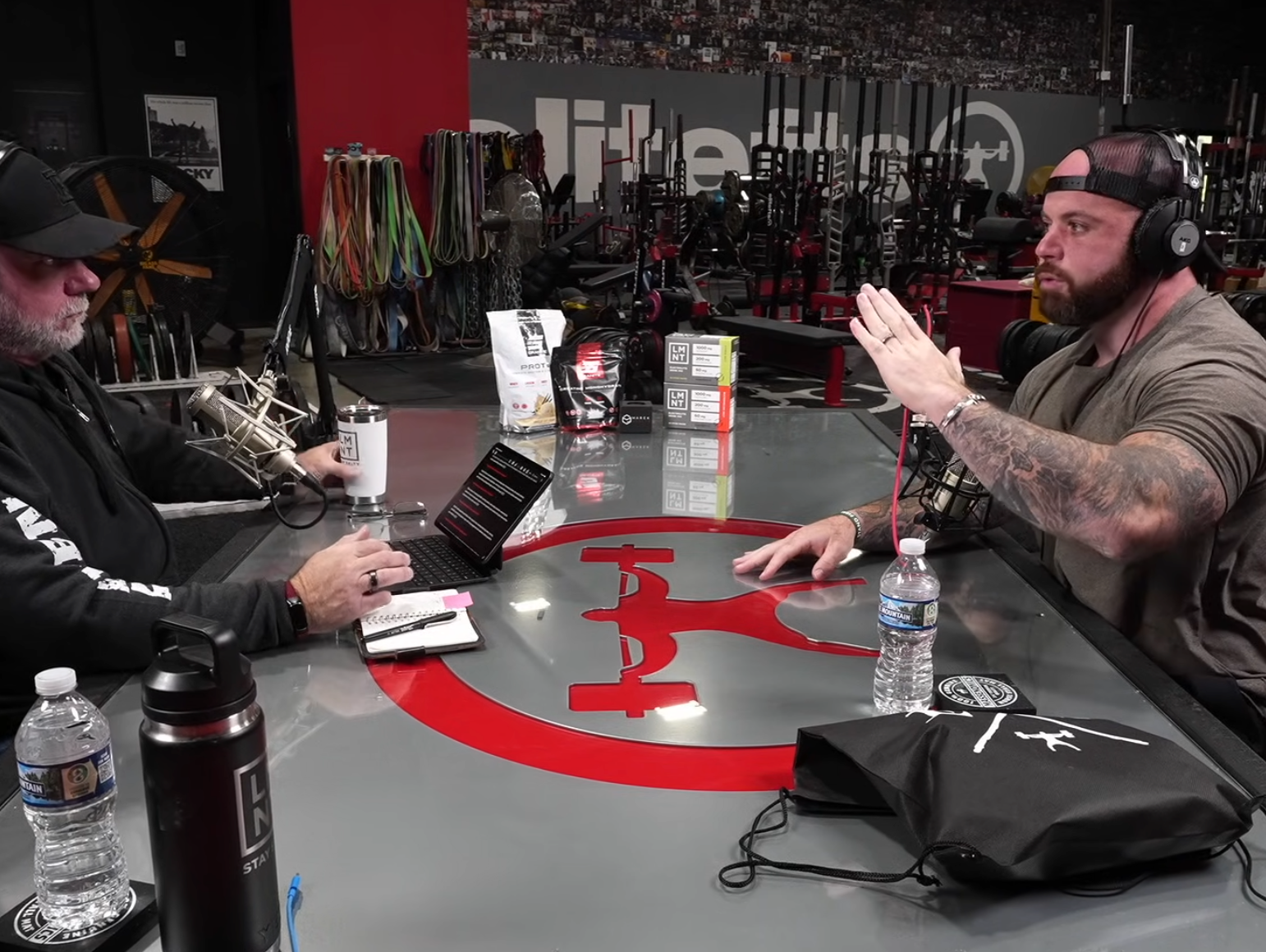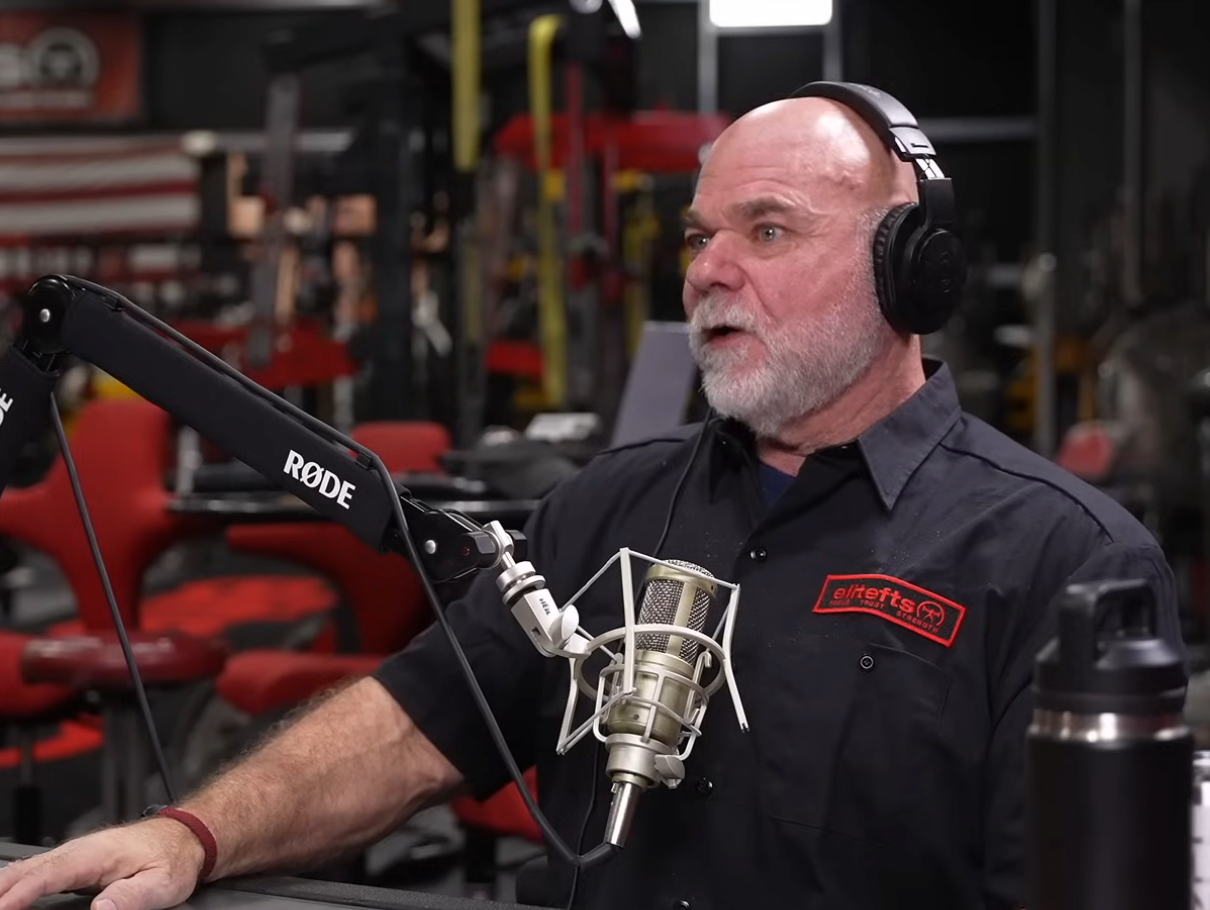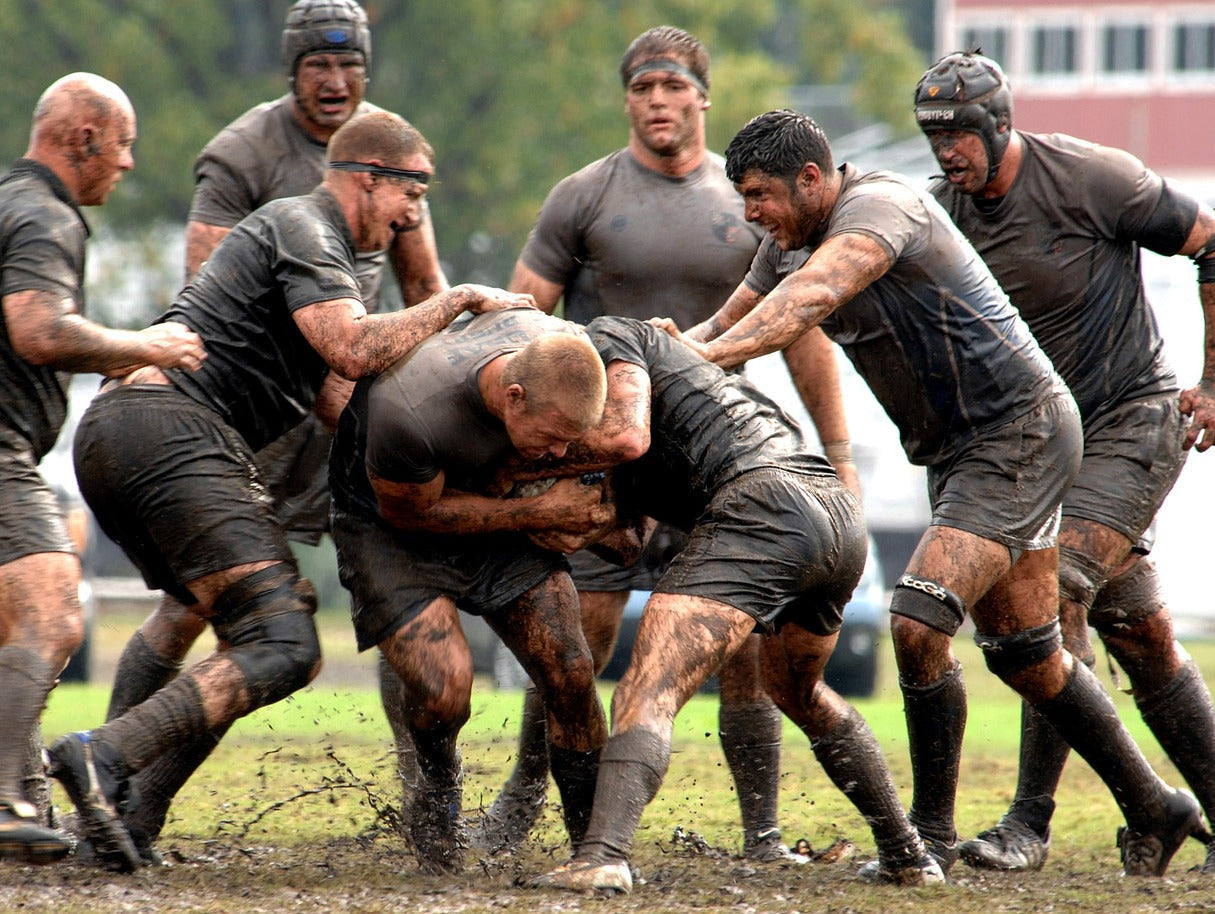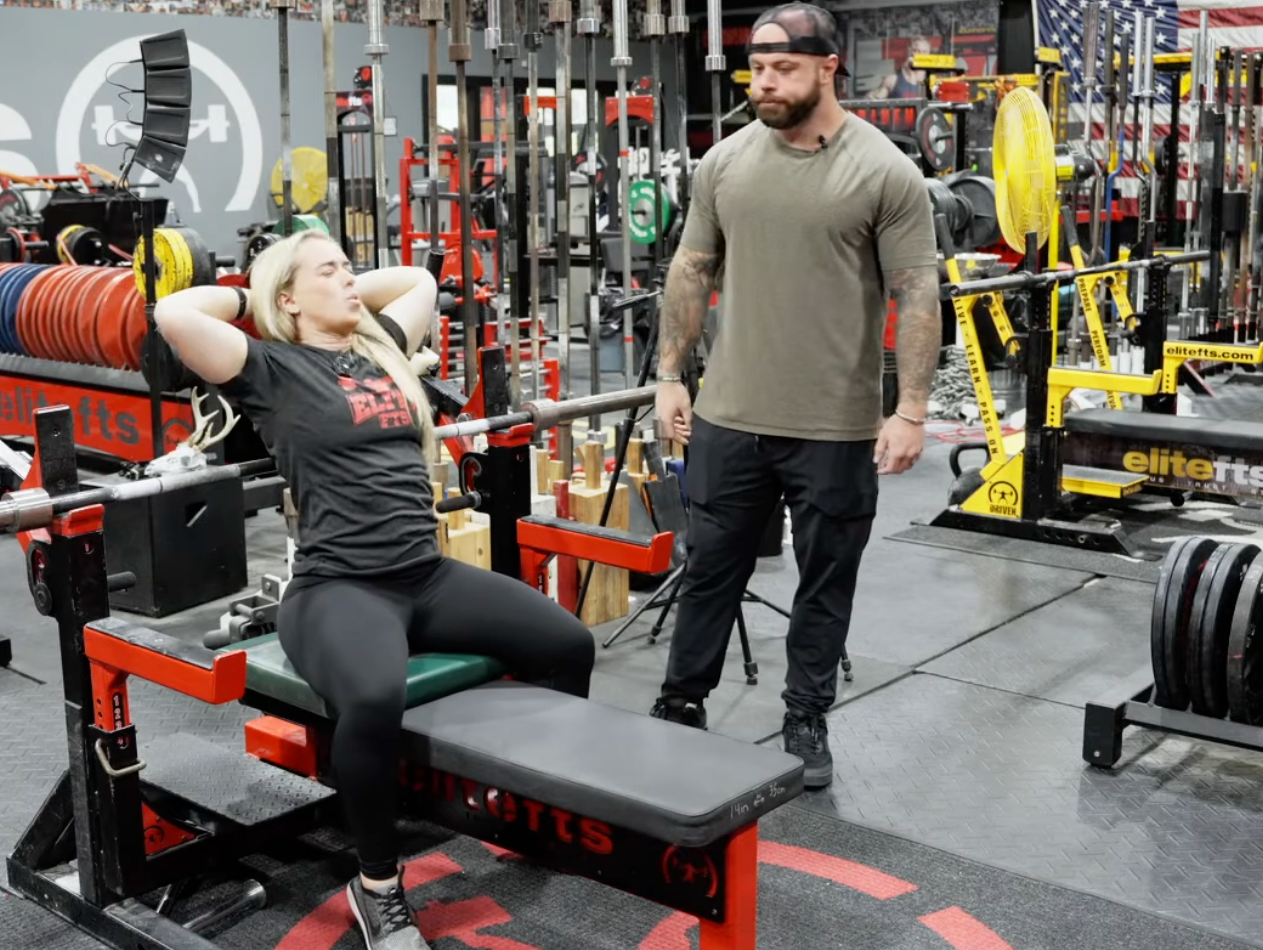training
A One-Time Chance to Join the Table Talk Crew for Life
The Lifetime Table Talk Crew Membership is open again — and likely for the last time, giving lifters and coaches a one-time chance to lock in all-access membership for just $299. No renewals, no monthly fees, just lifelong access to exclusive content, community, and support that fuels the future of the Table Talk Podcast.
The Education Echo
Everyone starts somewhere. Early on, it’s easy to look at newcomers and forget you were once guessing too. The difference between arrogance and experience is humility. If you’ve been in the game long enough, you realize the next wave isn’t your competition — they’re your continuation.
Why a 'Crazy' Mindset Wins: 5 Raw Truths on Strength and Creativity from an Unlikely Mentor
"I remember just taking that bar and exploding so fast off my chest I want to throw it right through the ceiling... it's like a drug right it's like holy fuck i just hit 405 like 45 pounds... and nobody even knows this except for me. I'm 42 years old why do I keep doing this... but it's all I know it's the greatest feeling in the world man."
THE BEGINNER SERIES: THE LIFT-OFF
In the world of powerlifting, there are many factors within your control: perfecting your technique, maintaining consistency in your training, staying fully engaged in your program, prioritizing proper nutrition, and valuing recovery as much as the time "under the bar."
The Man Who Refused to Be Done: The Jared Maynard Story
Strength coach and powerlifter Jared Maynard battled a rare, life-threatening disease (HLH) that caused total organ failure, requiring five weeks on life support. At the same time, doctors advised his family to prepare for goodbye. Despite being left legally blind, skeletal, and wrestling with profound grief, he returned to the powerlifting platform, embodying the powerful message: "You're not done yet".
5 Counter-Intuitive Lessons on Strength from a Method Born in a Backyard Hole
This approach provides several key benefits, including the desensitization of GGI tendon organs, improved recruitment of high threshold motor units, and a significant boost in confidence when handling super maximal loads, leading to direct carryover to the full main lift
5 Counter-Intuitive Strength Lessons From a Coach Forged by Injury
Locke’s Kodiak Barbell method is a blend of conjugate, block, and DUP principles, built around diagnosing an athlete's failure as either structural (postural) or muscular. Structural failures are addressed by systematically using variations, tempo, and pauses, while muscular failures involve programming targeted accessory movements to strengthen specific weak links.
You're Doing the McGill Big Three Wrong. Here's the Secret You're Missing.
The McGill Big Three exercises: the curl-up, side plank, and bird dog are designed to challenge your core from different directions, with the ultimate goal of creating stiffness in the spine and the surrounding musculature. For both strength enthusiasts and those with low back pain, prioritizing the proper intent, maintaining a neutral spine, and ensuring alignment of the rib cage and pelvis are absolutely paramount for stability and maximizing carryover.
The Conjugate 2025 For Rugby
Over the past three seasons, I have served as the strength and conditioning coach for the Crusaders International Academy (CIA). The CIA is a commercial program inviting rugby players from around the world to train in the Crusaders' environment and experience the Crusaders' way of preparation
The Mobility Secret to Adding 25 Pounds to Your Bench Press
Every serious lifter has been there: the bench press stalls. You’re training consistently, eating right, and putting in the work, but the numbers on the bar refuse to budge. The frustration of hitting a plateau can lead you to think that the only solution is to work harder or build more muscle. But what if the key to a bigger bench isn't in your chest or triceps, but in your upper back?
Why is it that what is OLD, is NEW, again in training?
Fat bar training has been around for decades. I am not the first to discover it. However, I don’t know of anyone who has switched over to it 100% after 20 or more years of training with the standard bar.





